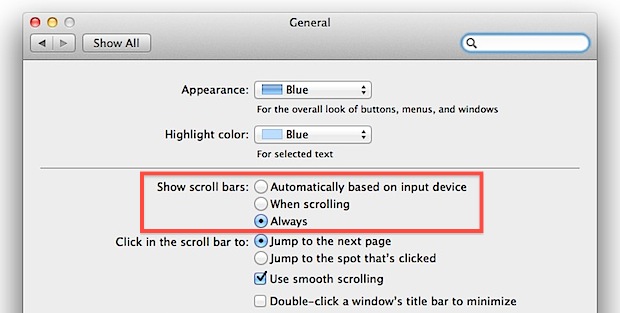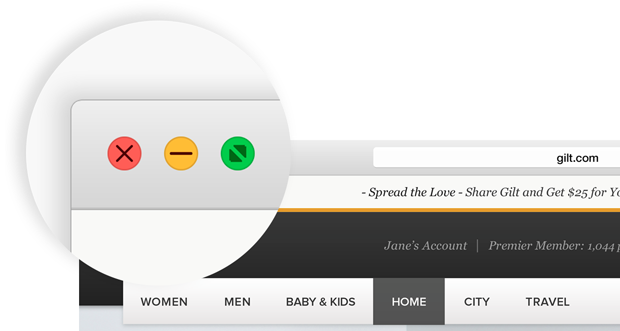Arrows Of Love Mac OS
- Arrows of Love is a London-based musical group based around the songwriting and performance styles of creative partners Nima Teranchi & Nuha Ruby Ra.
- The Arrows were a mixed group of American and British musicians that made their biggest impact in Britain during the mid-'70s. The band worked with producer Phil Coulter on their one and only album, 1976's First Hit, which didn't really catch on in America but gave them a modicum of success in Europ. Available with an Apple Music subscription.
- Accessing the Keyboard Settings Menu on Mac. Two options can impact the speed of your arrow keys on macOS: the key repeat speed and the repeat delay. To change the repeat speed, you’ll need to access the System Preferences menu. RELATED: Six Alternative Ways to Access System Preferences on Your Mac.
As you may know, aliases are small files that point to other files. You can use an alias to, for instance, collect all files for a given client (Client XYZ) in one folder, even if your typical filing system is by project and not by client—just make an alias to each of the client’s files (using File -> New Alias or via Command-L), then drag each alias into a new “Client XYZ” folder.
Mac OS X: Open Folders & Navigate the Finder with Arrow Keys. By Melissa Holt. Command–Down Arrow opens whatever you have selected in the Finder into the appropriate program. Last week, at the annual news extravaganza/coding demo/Beats 1 jam sesh that is WWDC, Apple launched a new version of its desktop operating system.There was a funny slide about naming conventions.
When you create an alias in OS X (File -> New Alias or Command-L), the alias’ icon displays with a small black arrow in the lower left hand corner. The arrow is actually a small “badge” that floats above the file’s native icon. Some people like them because it makes it easy to find aliases in a long list of files. Other people hate them, because they distract from the icon and throw off the visual balance in a file listing. Today’s hint is for the second group of people—so if you like your alias badges, stop reading now (though I do explain how to modify the look of the arrows as well, if that interests you). For those who would like to get rid of the arrows, it’s surprisingly easy.
Remove the alias badge completely
Open Terminal, and copy and paste the following two commands (don’t copy the $, and press Return after each line):
The above is for those running OS X 10.4; if you’re on OS X 10.3, change CoreTypes.bundle into SystemIcons.bundle and the rest should be the same.
You’ll be prompted for your administrative password when you enter the second command; provide it when asked. When you hit Return for the second time, you’re done. Well, almost done. To make the Finder recognize that things have changed, you need to restart it. You can do that in Terminal with killall Finder, or if you feel better about the GUI, use Activity Monitor (in Applications -> Utilities) to select and kill the Finder process.
When the Finder restarts, you’ll see that aliases no longer have their arrows. To reverse this hint in the future, repeat the above two commands, but change the second one to look like this (adjust the first line as necessary for 10.3):
You’ll have to restart the Finder again, too. If you choose to implement this hint, please be very careful about removing “alias” from your filenames. If you do, you’ll have no way of differentiating between the “real” file or folder and its alias (short of using Command-I to view the info window). This could lead to a bad accident, if you were to trash the “real” folder instead of its alias. For this reason, and the fact that I personally like the alias arrows, I prefer the following alternative solution.
Change the alias badge
As the alias badge is just an icon file, you can modify it yourself using something like Mscape Software’s Iconographer. I did just that with the test image you see at right—I simply changed the alias arrow from black to red. However, you’re not limited to such simple changes. You can change the shape, change its location relative to the source file, even use a small version of the word “Alias” if you want to. It’s really up to your creativity.

To create your own icon badge, start in the Finder and navigate to /System -> Library -> CoreServices. Once there, control-click on the CoreTypes.bundle folder and choose Show Package Contents from the pop-up menu. (This is in 10.4; if you’re running 10.3, this file is named SystemIcons.bundle.) Navigate into Contents -> Resources and drag the AliasBadge.icns file to your desktop. Don’t worry, OS X won’t move the file, as you don’t have enough rights to do that. Instead, it will make a copy on your desktop. Now make another copy of the file for safekeeping—in case you want the original icon back in the future. Leave the Resources folder open, as you’ll be coming back to it shortly.
Open the first copy you made in Iconographer (or your icon editing application of choice) and make your edits. Iconographer shows you a preview of your icon at the top right. Keep in mind you’re making a mask that floats over the icon itself, so you’ll want to keep a large amount of the black area—this is the transparent area that allows the background icon to show through. The preview in the upper right corner of Iconographer will show you what your icon will look like when done. When you’re happy with your changes, save your work and switch back to the Finder.
Download New Mac Os
Now drag your modified icon from the Desktop back into the Resources folder. OS X will tell you that the Resources folder cannot be modified, with the choice to Authenticate or Cancel. Click Authenticate, and you’ll get a second alert, telling you that there’s an older version of the file already in the folder. Click Replace, and then you’ll see the Authentication dialog—enter your password and click OK. The Finder will then move your modified file back into the Resources folder. Kill the Finder using Terminal or Activity Monitor as described above, and you should see your modified badge on all your alias files and folders.

As a final step, launch Disk Utility (in Applications -> Utilities), select your OS X disk, and click the Repair Permissions button. The system will then take care of setting the ownership and permissions back to their proper values on the AliasBadgeIcon.icns file.
Arrow Os Android
Arrows Of Love Mac Os X
To return to the stock badge, just drag your second copy of the file back to the Resources folder and follow the same authenticate-and-replace process to replace the file (and restart the Finder again).
Arrows Of Love Mac OS
